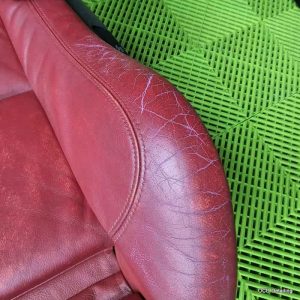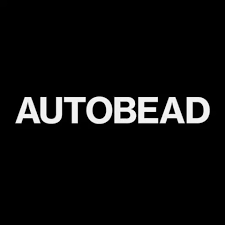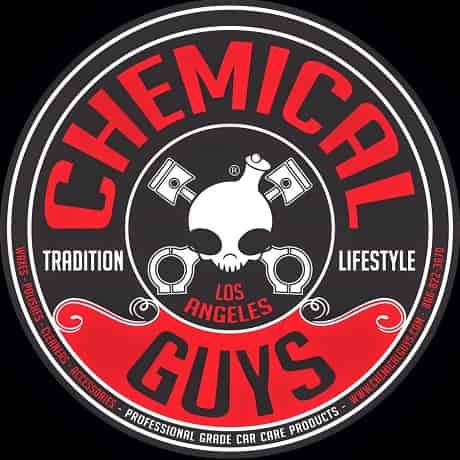How to repair car leather with the DIY method?
Leather gives your car a unique look and adds a luxury feeling. However, it fades and wears off from regular use and lack of proper maintenance. If the damage on your leather is not excessive, you can restore the leather with a DIY leather repair kit.


How to start the restoration?
First, find out whether the damage to your leather is fixable. Worn colour, slight creases, and minor holes are relatively simple to fix. If you need advice, contact us via What’s Up at 0872619541 or email hello@ocddetailing.ie. For a successful repair, you will need a leather restoration kit. The kit includes a leather cleaner, paint, degreaser, sanding pads, cleaning brush, and filler. When it comes to leather paint, we offer color matching service. You can check our website for the most common colours from brands like BMW, Audi, Mercedes, VW and Porsche to order the right colour. If the colour is unavailable on our website, we can match the colour to a sample of your leather. Most of our customers send us a headrest, this way we can achieve the most accurate colour match. If you are not sure about anything, contact us.
What are the stages of the restoration?
To make sure that the job you are doing will give you nice and durable results for your leather repair, you need to follow these stages:
1. Cleaning
2. Sanding
3. Degreasing
4. Drying
5. Filling ( if necessary)
6. Sanding the filler and removing the dust after sanding.
7. Painting
1. Cleaning
Preparation of the surface is the key to leather repair. So start with cleaning. For leather cleaning, use the leather cleaner along with the leather brush. The leather cleaner comes in a foamer, thanks to that you will not saturate the leather. Apply the leather cleaner onto the brush and agitate it circularly. This will help you to deeply clean the surface. If the leather is very dirty, let the cleaner work for 1-2 minutes and then wipe it off.

2. Sanding the surface
Use sanding pads in the leather repair kit to smooth the surface. While sanding avoid contact of sanding the stitching, as you may damage it very quickly.


3. Remove the dust from sanding with a vacuum or pressured air, then use the degreaser provided in the leather repair kit to remove any oils and dust from the surface.


4. Dry the surface with a heat gun or hair dryer. However, try to do it too quickly, as you may overheat the leather. Leave the leather for a couple of hours so any moisture from the leather will evaporate naturally.
How to use the filler?
5. The next step is filling in the imperfections on the leather. Use the leather filler provided in the leather repair kit only if necessary. The leather filler is flexible; don’t use any other fillers as it will not work. Apply only a tiny bit of filler where it is necessary. Don’t leave an excess of the filler, as when it dries; it will require a lot of effort to level it up. It takes 20-30 minutes for the filler to dry. Remember, leather is a natural material, and some creases are natural leather features.


6. When the filler is fully dry, sand it with the sanding pad. Then, remove the dust with a damp cloth. Dry the surface with a heat gun or hair dryer.
How to apply the paint?
Dab the paint with thin layers to achieve very good results with the sponge. The leather repair may require a couple of layers; it is very important to dry each layer with a heat gun before applying the next layer.




You can also use a spray gun if you have the setup, but you can achieve very nice results with the sponge. For the DIY method, we recommend using single-stage paint. This paint doesn’t require a layer of top coat as the mixture already consists of it. Regarding the professional method of leather repair, you need to spray the colour ( professional paint) and the top coat separately. If you use the professional method, spray the top coat at least 12 hours after spraying the colour. The optimal mixture of top coat for automotive leather is 70% of the top coat mat, 30 % top coat gloss and 3-5 % hardener. The professional method requires the use of a spray gun.


Leather repair is a great skill that is worth learning, especially if you are in the car care industry. Thanks to it, we had the opportunity to work on many nice cars from all over the country. If you want to learn it, we also provide leather restoration courses a few times a year. We also supply all products and can give you advice regarding the equipment. Leather restoration is an excellent add-on to existing car care services, but it can also be a great opportunity to set up a full-time business independently. If you are interested in this field, check out our YouTube channel to see what we do regarding leather repair.
Contact us:
tel:0872619541













